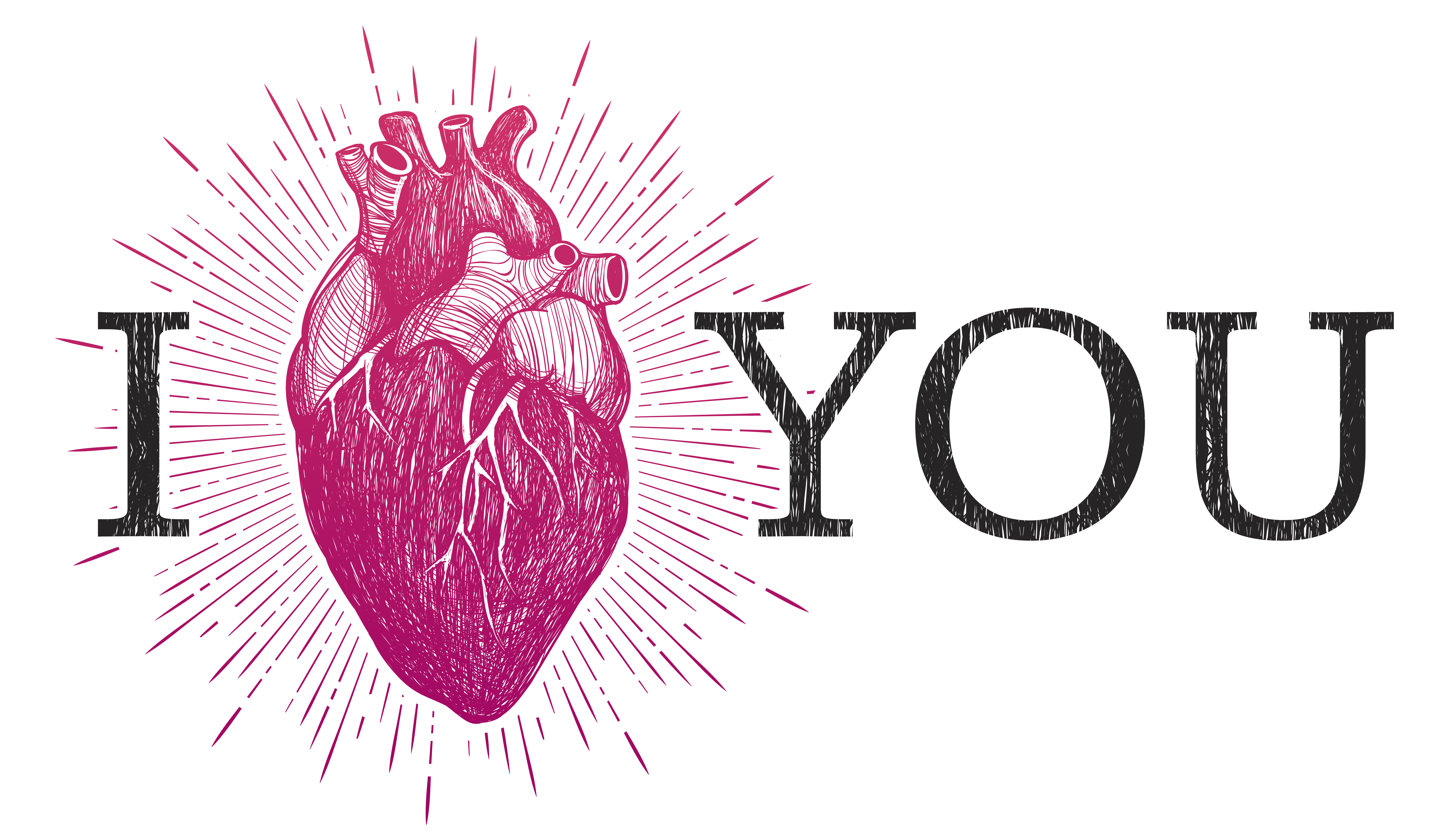Inside your chest is a gnarly-looking, asymmetrical lump of muscle that is devoid of emotion and horrifically unromantic. Despite this, we persist in using an anatomically incorrect “heart” shape to depict the coronary organ, which we erroneously imbue with sentimental characteristics.
Exactly where this scallop-shaped cliche originates is not entirely certain, although the authors of a new study have attempted to figure out when the abomination began circulating. Looking back to times of yore, they suggest that ancient Greek philosophers may have been the first to associate the ticker with emotions, citing Aristotle as one of the main culprits.
According to Dutch neurosurgeon and author Pierre Vinken, the earliest illustration of the classic heart-shaped symbol appeared in a 13th-century text and may have been inspired by Aristotle’s off-beat description of the organ. Other sources suggest that the classic heart logo represents the leaf of a now-extinct species of giant fennel called silphium, which once grew along the North African coast and was used as a form of birth control by the ancient Greeks and Romans.
Regardless of how the image was first pumped out, the study authors bluntly remark that “the universally depicted symbol of the heart does not look anything like an actual human heart. However, no one cares, since the use of the present symbol of the heart is limited to express the idea of the ‘heart’ in its metaphorical sense as the core of emotion, affection, and love.”

Nothing says “I love you” like a heart.
Image credit: Martyshova Maria/Shutterstock.com
They go on to explain that the symbol became widespread in the 15th and 16th centuries, although it wasn’t until the mid-20th century that scientists finally realized that the simplified shape may actually be grounded in anatomical fact. Indeed, the first replicas of the coronary arterial system were created in the 1950s, when plastics were injected into the aorta of dead people, producing casts that, surprisingly, “resembled the iconic shape of the heart.”
A few decades later, the development of new techniques involving the injection of contrast dyes into the coronary arteries revealed just how accurate the traditional heart shape really is.
“By injecting at the same time both right and left coronary arteries, the entire coronary arterial circulation can be visualized,” write the researchers. “Contemporaneous visualization of the right and left coronary trees form the exact shape of what we have been used to recognise as ‘the human heart’.”
These observations therefore beg the question as to whether ancient anatomists had somehow glimpsed this pattern thousands of years before it was revealed by modern science. Speculating about this possibility, the study authors wonder whether these early scholars had produced similar post-mortem casts of the coronary arteries, using more rudimentary materials such as plaster instead of plastic.
Admitting that their theory is highly conjectural, they nonetheless propose that it may be “the most plausible hypothesis to explain the exact correspondence of our images with the old standing archetypal image of the heart.”
The study has been published in the Journal of Visual Communication in Medicine.
Source Link: Why Does The Heart Symbol Look Nothing Like A Human Heart?